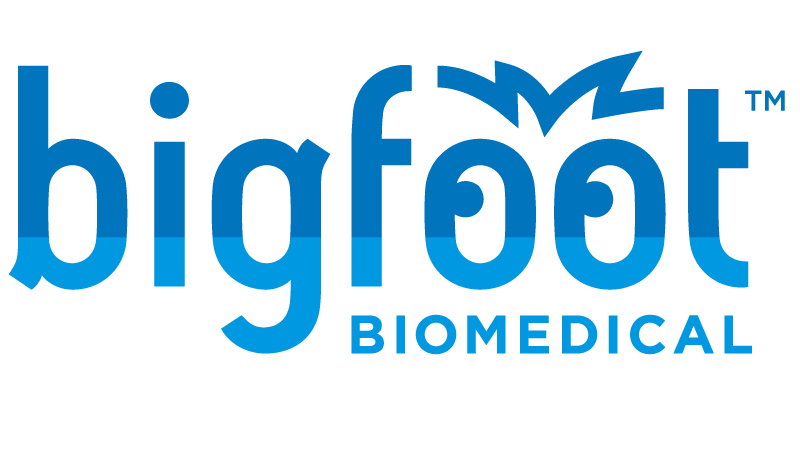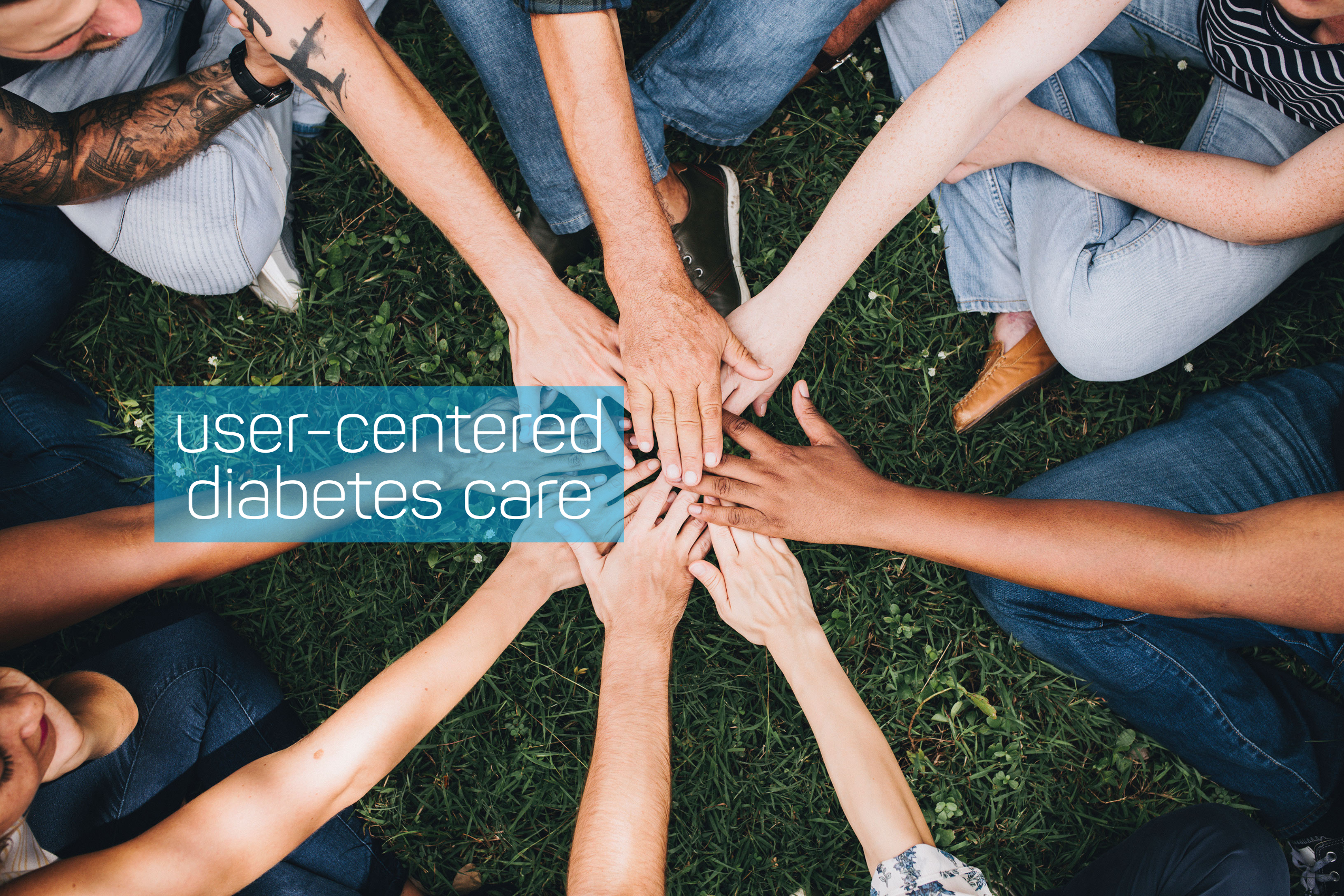To be a user experience designer, it’s necessary that you have a deep understanding of a product’s end users - “what they need, what they value, their abilities, and also their limitations.”1 With this understanding, whether you’re designing consumer technologies or enterprise software, you’re able to craft the interactions between a user and a system, employing user-centered design principles to consider each step of a process, and, in a condition like insulin-requiring diabetes, there are a lot of steps.
The average individual with diabetes makes over “300 decisions around their self-management per day,”2 a staggering number of demands. When Bigfoot polled our community about the burdens of their self-management, we heard 501 individual burdens mentioned across 40 themes.
Users of insulin delivery systems and glucose monitoring devices have much going on in their heads that the general public knows nothing about. I’m amazed every single day at what a hard and complex-to-manage disease insulin-requiring diabetes is. Working at Bigfoot for the last three years has profoundly changed my perspective and widened my horizon.
Essentially, I’ve been charged with creating a delightful experience for people who don’t want to be having that experience, but who haven’t been given a choice. That’s compelling, and an exciting design challenge.
Diabetes with a User’s Needs in Mind
The 2019 Standards of Medical Care in Diabetes from the American Diabetes Association “include new and revised clinical practice recommendations that put the patient at the center of care.” Tackling everything from including the user in shared decision-making around diet, activity, and therapy to barriers to success like cost and access, the new Standards offer guidelines and best practices for clinicians treating people with diabetes.
As clinical practice evolves in diabetes, so must drug and device practice. Technology exists for dosing and decision support apps, behavioral change apps, and automated insulin pumps, but if the devices are inaccessible, unusable, or even slightly annoying or disruptive, they’re unlikely to improve either outcomes or the experience of care.
Just this last week at the Advanced Technologies & Treatments for Diabetes (ATTD) conference in Berlin, early data out of a University of Virginia study3 suggested that, in the case of a promising decision support app, no statistical change in outcomes was measured because trial participants were using the app sparingly.
Designing with the user’s needs and daily routine in mind requires making trade-offs between what the technology can do and what it would serve the user better doing. User-centered design, like we’re employing at Bigfoot, requires that we ask how and why a user might want to use their smartphone for a process, for instance, allowing us to employ a step where it makes design sense - like when an insulin pump could discretely stay in your pocket while you perform a task on a phone - and where you would want your hands free and brain engaged elsewhere - such as when going through the steps to take an injection.
We think about where a person spends their energy - those 501 burdens and where we can minimize them, from how we address alarms and alerts in an effort to minimize alarm fatigue to which information we want to show a user and when it makes sense to show it.
As our CEO and co-founder Jeffrey Brewer often says, “the best device is the one you’ll use.” If you’re making over 300 decisions a day, a diabetes device system should be asking less of you, not more. Any system that can do that will be successful commercially, successful in improving people’s self-management experience, and successful in improving health outcomes.
From the moment I first interviewed at Bigfoot to today where I lead our multi-talented User Experience and Human Factors team, I’ve been struck by the sincerity of our leadership’s passion and relentless commitment for solving the problems before us. Our mission at Bigfoot is to free people to live the lives they choose, a mission defined by a team with a close, personal connection to the problem we’re solving. Improved user experience is integral in pursuit of that goal.
1. User Experiences Basics. https://www.usability.gov/what-and-why/user-experience.html↩
2. 300 Decisions Every Day: Highlight from The Diabetes Epidemic. Howard Wolpert. https://www.youtube.com/watch?v=ST45EcJ82a0↩
3. “ATTD 2019 (Advanced Technologies & Treatments for Diabetes) February 20-23; Berlin, Germany; Day #2 Highlights. 4. CGM-Based Decision Support for MDI Patients.” Close Concerns Knowledgebase. https://www.closeconcerns.com/knowledgebase/r/5b806712↩


